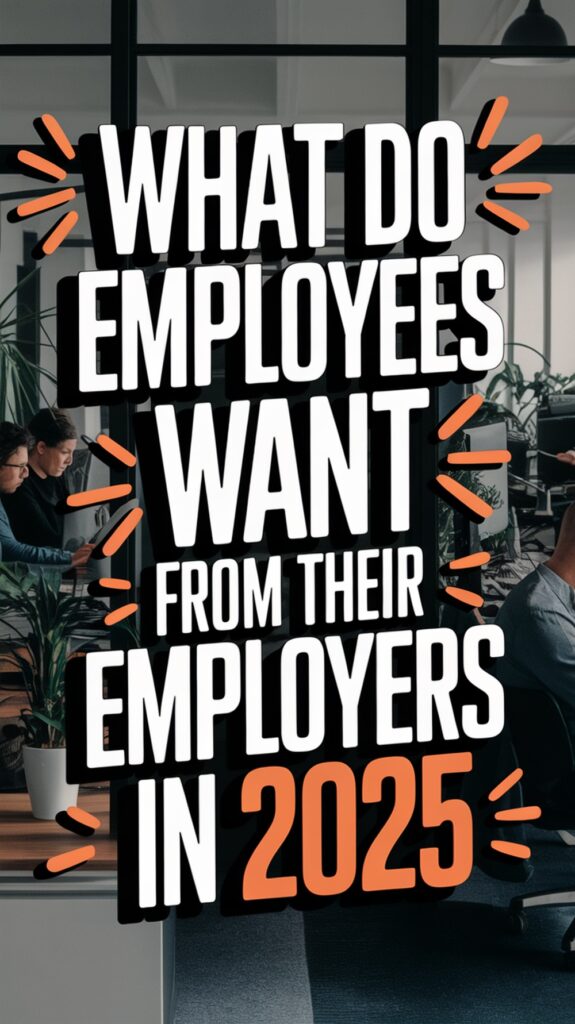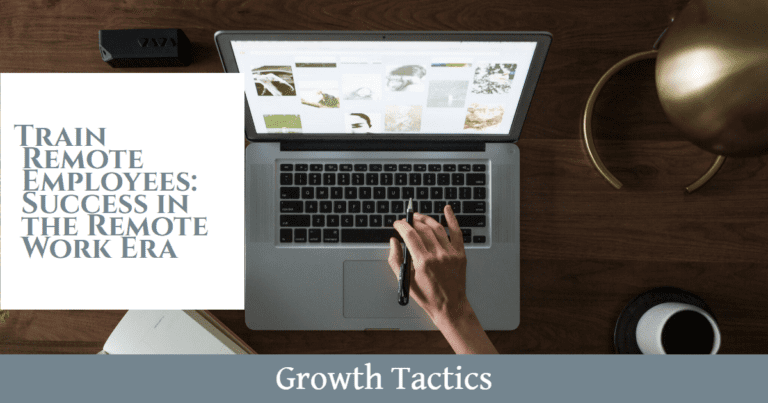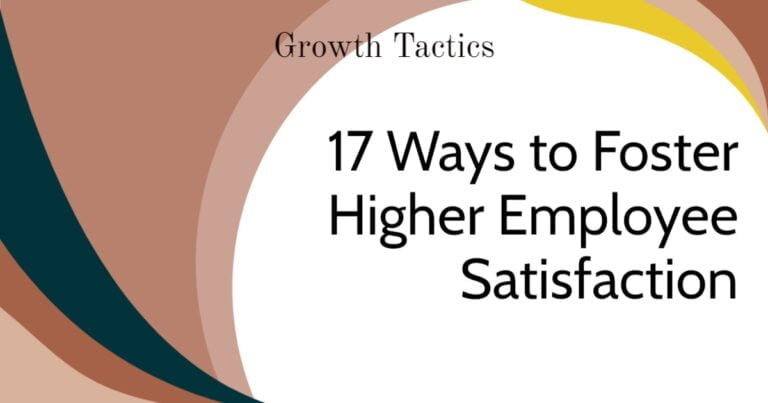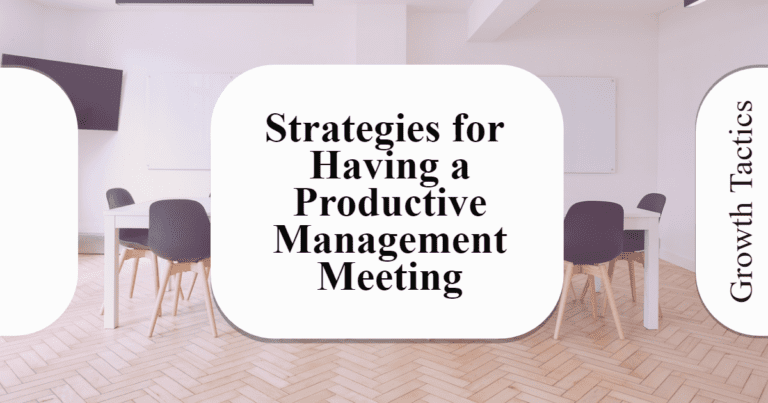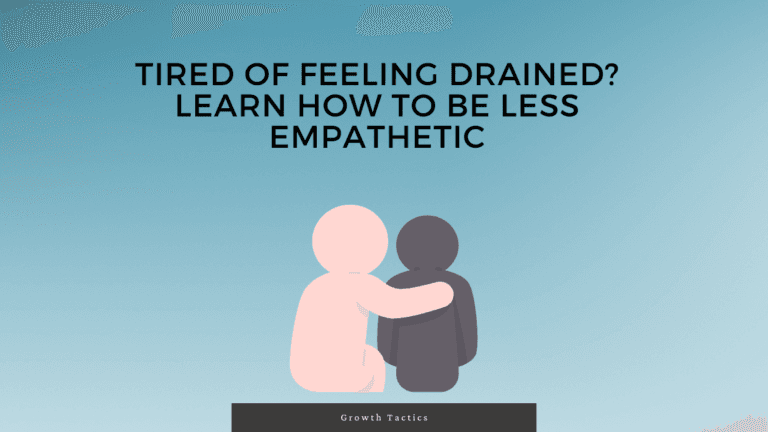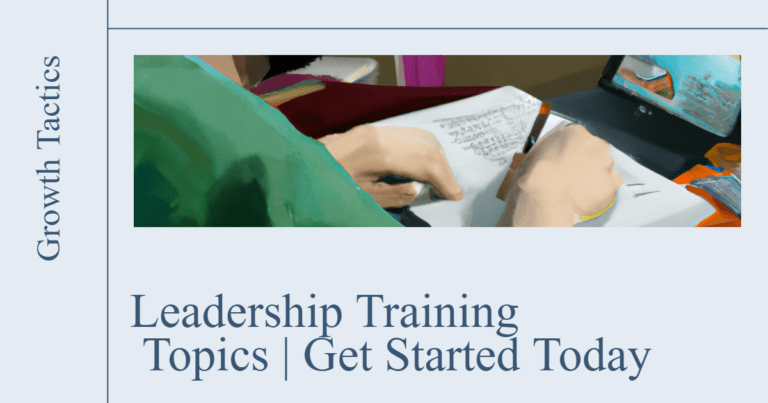Many changes are shaping the workplace today, and understanding what your employees want in 2025 is vital to your success. Employees now expect more than just a paycheck; they seek balance, growth, and meaningful support.
Knowing their priorities helps you create an environment that motivates and retains talent. In this post, you’ll discover the top things employees look for from their employers, enabling you to build a stronger, more engaged workforce ready to meet future challenges.
Jump To Section
The Demand for Balance

Employees no longer view their work and personal life as separate territories, but rather as parts of an integrated whole. With 72% of workers prioritizing a healthy work-life balance, your policies must reflect flexibility and support that extends beyond traditional boundaries.
Burnout rates are climbing alongside rising workloads, highlighting gaps you can close by rethinking how work fits into life, not the other way around. This shift requires you to address real stress points and empower your team to manage time and energy in ways that sustain long-term wellbeing and productivity.
Work-Life Balance Expectations
Your employees expect more than just flexible hours. They want clear boundaries and respect for their personal time. Despite many people working outside business hours, they desire structured support to prevent burnout.
Offering flexible schedules is no longer enough; you need to foster a culture that discourages “always-on” habits, encourages time off, and equips managers to monitor workloads and well-being effectively. This approach makes your team feel valued and prevents the hidden costs of chronic stress and disengagement.
The Role of Remote Work in Promoting Balance
Remote work remains a powerful tool to bolster work-life balance, with 74% of employees reporting that flexible and remote arrangements improve their work environment. Hybrid models, combining office and home work, create new opportunities for autonomy and reduced commute stress.
However, the challenge lies in creating equitable experiences where remote workers stay connected, engaged, and supported without sacrificing flexibility. Your ability to adapt policies and leverage technology directly impacts how well remote work drives balance for your teams.
Fostering a Positive Workplace Environment

Your workplace culture plays a defining role in employee engagement and retention, especially as hybrid and remote models become the norm. Investing in a culture that fosters trust, open communication, and recognition cultivates a sense of belonging that resonates across all generations of workers, from Millennials to Gen Z.
Companies reporting strong, positive cultures typically see higher productivity and lower turnover rates. By prioritizing shared values and fostering transparent dialogue, you turn culture into a valuable asset that empowers your workforce and strengthens your brand.
The Impact of Team Dynamics on Employee Satisfaction
Team dynamics directly influence how employees feel about their work and colleagues. High-performing teams characterized by trust, mutual respect, and collaborative problem-solving bolster job satisfaction and creativity.
On the other hand, dysfunctional dynamics, like poor communication or unresolved conflicts, can spike stress and drive attrition.
To keep your teams connected and motivated, regular feedback loops and clear role definitions help maintain alignment and ensure everyone feels heard and supported.
Strategies for Building an Inclusive and Respectful Culture
Building inclusivity involves creating environments where diverse perspectives are welcomed and valued. You can foster respect by implementing bias training, promoting equitable policies, and encouraging open conversations around diversity.
Initiatives like Employee Resource Groups (ERGs) offer safe spaces for underrepresented groups, reinforcing inclusion. Transparent communication and leadership accountability further anchor respect as a core company value, which increases empowerment and reduces turnover.
Leadership must model inclusive behaviors, regularly solicit employee feedback, and recognize contributions from all backgrounds. When inclusivity is woven into your organizational fabric, you build trust, foster innovation, and create a workplace where every employee feels they genuinely belong.
The Role of Recognition and Appreciation
Recognition fuels motivation more than you might expect. Simple, timely acknowledgments of your employees’ efforts spark a sense of belonging and encourage repeated excellence.
Whether it’s a shout-out during meetings, personalized notes, or rewarding milestones, consistent appreciation builds morale and reinforces positive behaviors.
Autonomy in the Modern Workplace

Offering autonomy in how, when, and where work gets done not only meets the needs of a diverse workforce but also fuels productivity and satisfaction.
As hybrid setups become standard, empowering your team to design their own workflows can unlock creativity and drive better outcomes.
Benefits of Empowering Employees through Autonomy
Granting employees greater autonomy directly improves engagement and performance. When workers can make decisions about their tasks and schedules, they feel a deeper sense of ownership and accountability. This confidence drives innovation and reduces turnover.
It enhances trust between management and staff, which strengthens collaboration and communication. Moreover, autonomous teams often highlight higher job satisfaction and a stronger commitment to organizational goals, creating a cycle of positive performance and loyalty that benefits your business long-term.
Job Security and Career Progression
Job security now intersects closely with career progression, especially as technological advances and economic shifts reshape roles.
Offering transparent career paths and upskilling initiatives reassures employees they aren’t just safeguarded today but are equipped to succeed tomorrow.
How Job Security Influences Employee Loyalty
Employees who feel confident in the longevity of their roles are more likely to invest fully in their work and company culture.
Even if lifetime employment can’t be guaranteed, demonstrating your commitment to workforce stability strengthens trust and encourages loyalty amidst change.
Growing Demand for Career Growth Opportunities
Employees expect more than stability; they want clear, accessible routes to advance their careers. A study found 83% of Gen Z workers consider themselves job hoppers and are likely to switch jobs if growth stalls, signaling that your investment in training and development directly impacts retention.
By embedding ongoing learning into your culture, you demonstrate a commitment to employees’ futures, making your organization a magnet for motivated talent.
The Impact of Upskilling and Reskilling
Upskilling and reskilling have emerged as pivotal strategies to maintain talent relevance amid rapid change. Enabling your team to acquire new skills not only builds confidence but also positions your workforce to fill emerging roles internally, which strengthens job security while supporting your company’s agile growth.
Offering personalized learning programs aligned with business goals accelerates employees’ career paths and shields them against market disruptions. This dual focus on learning and job security shapes resilient teams ready to meet not only today’s challenges but also tomorrow’s head-on.
Building Trust Through Transparency and Supportive Leadership
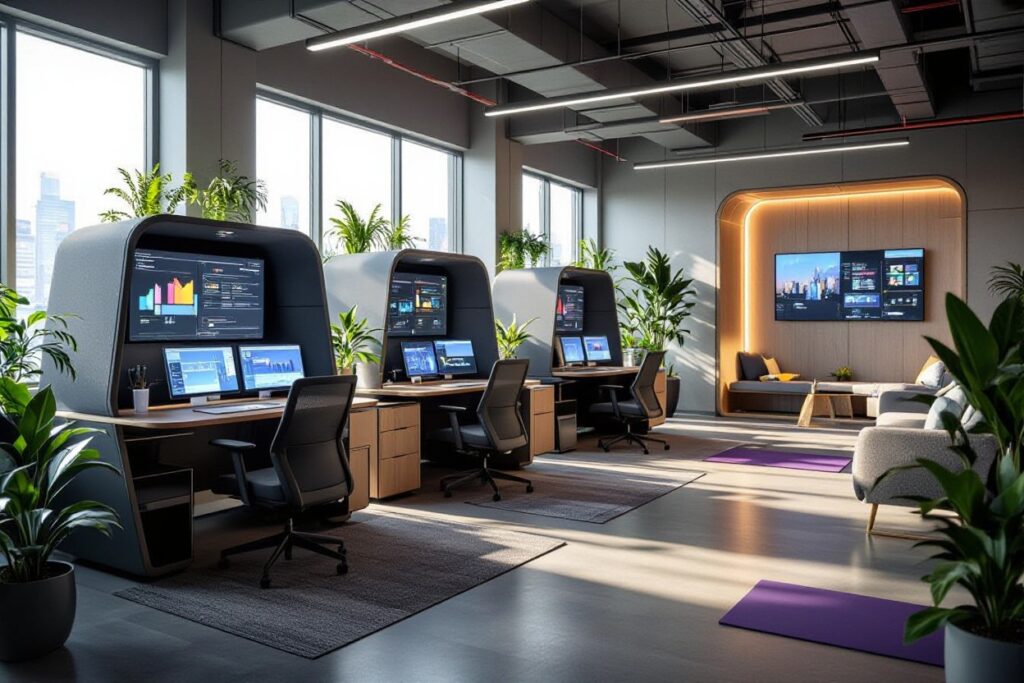
Transparency combined with supportive leadership builds a foundation of trust that propels employee engagement and loyalty. Sharing honest updates about company goals, challenges, and decisions fosters a sense of inclusion.
When leaders openly communicate and back that with actions showing genuine care, employees feel secure and motivated. This approach not only strengthens team cohesion but also enhances resilience during times of change, particularly in a hybrid and tech-driven workplace where uncertainty can easily creep in.
The Necessity of Supportive Management
Supportive managers do more than assign tasks, they invest in your growth and well-being. By offering regular feedback, coaching, and removing obstacles, they create an environment where you can take initiative and build confidence. Managers embracing servant leadership styles often report higher employee satisfaction, showing that nurturing teams directly correlates to performance and retention.
Establishing Open Lines of Communication
Open communication isn’t just about sharing information, but about creating spaces where you can voice concerns, ideas, and feedback without hesitation. Utilizing multiple channels gives everyone a chance to participate regardless of location or role. Anonymous surveys, regular check-ins, and virtual forums are all great tools to have in your toolbox.
Effective communication thrives when managers actively listen and encourage dialogue. This two-way openness reduces misunderstandings, builds trust, and fosters innovation by making sure your perspectives reach decision-makers.
Compensation and Well-Being
Compensation and employee well-being are always pillars of the workplace experience. Fair pay paired with meaningful acknowledgment keeps employees motivated, while robust wellbeing programs address physical, emotional, and financial health. These work together to create an environment where employees feel valued and supported, fostering loyalty and resilience amid ongoing changes in how work happens and what workers expect.
Evolving Expectations for Fair Compensation and Benefits
Employees increasingly expect compensation that reflects not just market rates but also their experience, contributions, and cost-of-living changes.
Benefits now extend beyond traditional health insurance to include financial wellness tools, flexible leave policies, and tailored perks that resonate with diverse workforce needs, from student loan assistance to mental health support. Competitive and transparent pay structures are vital to retain and attract top talent.
The Importance of Mental and Physical Health Support
Stress and burnout remain top concerns, with nearly 60% of employees reporting that their job impacts their mental health. Offering comprehensive mental health resources, including counseling access and stress management programs, alongside physical health initiatives like fitness subsidies and ergonomic accommodations, can dramatically improve overall employee well-being and productivity.
Companies that integrate mental and physical health support into their benefits see measurable returns. Investing in these areas not only improves morale but also combats the costly effects of workplace fatigue and turnover.
Conclusion
Understanding what your employees want in 2025 is key to building a motivated and loyal workforce. You need to focus on creating a healthy work-life balance, fostering a positive culture, offering flexibility, and providing growth opportunities. Supporting employees with fair compensation, job security, and training will also keep them engaged and competitive.
By addressing these evolving needs, you position your organization to attract top talent, improve retention, and boost overall performance. Prioritizing your team’s expectations will help you lead a successful and forward-thinking workplace.
